Chapter 4
Consumer Marketing
By Boundless

A consumer is a person (or group) who pays to consume the goods and/or services produced by a seller (i.e., company, organization).

Consumer market research is the systematic collection of data regrading customers' preferences for actual and potential products / services.

Both quantitative and qualitative models seek to explain patterns in behavior, but the former is mathematical and the latter is more descriptive.

Defining the problem and research objectives is the first step involved in the marketing research process.

The research design is a framework or blueprint for conducting the marketing research project.

Data collection is a crucial step in the research process because it enables the generation of insights that will influence the marketing strategy.

Data Analysis is an important step in the Marketing Research process where data is organized, reviewed, verified, and interpreted.

A successful presentation provides conclusions (based on the insights gathered) that effectively meet the objectives of the research.
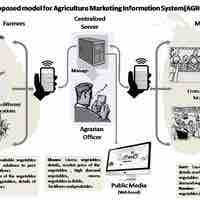
A marketing information system (MIS) is a management information system designed to support marketing decision making.
Digital surveys are research tools that ask consumers questions in a virtual environment.

In market research, databases contain information that is collected, aggregated, and used to define segments of homogeneous consumers.
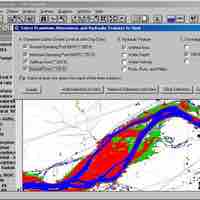
Decision support systems are tools that help companies assess and resolve business questions in a timely and effective manner.
Competitive Intelligence (CI) is a hybrid process of marketing research and strategic analysis that can give companies a competitive advantage.

Markets are a group of potential buyers with needs and wants and the purchasing power to satisfy them.

Segmentation splits buyers into groups with similar needs and wants to best utilize a firm's finite resources through buyer based marketing.
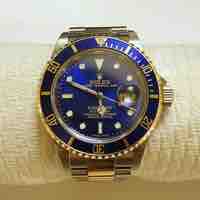
A market segmentation is developed based on one of two strategies and several consumer identifying characteristics like demographics and behavior.

Viewing the market as a homogeneous aggregate leads to undifferentiated targeting and mass marketing.

Concentrated marketing is a strategy which targets very defined and specific segments of the consumer population.

The key to consumer marketing breakthroughs is often successful and innovative market segmentation.
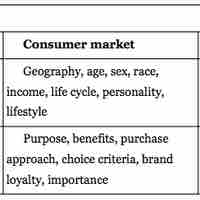
Markets can be segmented primarily according to geographic, demographic, usage, and psychological segments--or a combination of the above.
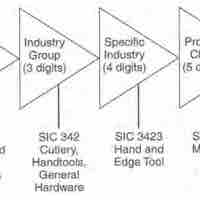
B2B firms will segment their customers differently, due to different buying habits and procedures between businesses and end-users.

B2B businesses operate and market their goods and services differently than B2C companies, due to the different nature of the purchase.

Segmentation involves classifying people into homogeneous groupings and determining which of these segments are viable target markets.
Strategic targeting can optimize the return on investment through selecting the best segments in the market for return on investment.
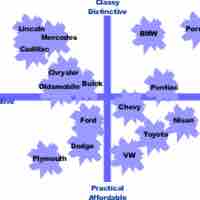
Perceptual mapping is a graphic display explaining the perceptions of customers with relation to product characteristics.
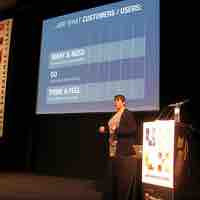
By using customer research and perceptual mapping, a marketer can create a positioning statement using one of the three main bases.
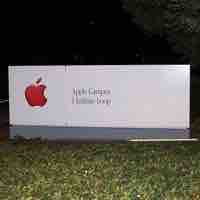
Repositioning involves changing the identity of a product relative to competing products.

Need recognition occurs when a consumer identifies a need and thinks of a product that might meet this need.

Information Search is a stage in the Consumer Decision Process during which a consumer searches for internal or external information.

During the evaluation of alternatives stage, the consumer evaluates all the products available on a scale of particular attributes.
During the purchase decision stage, the consumer may form an intention to buy the most preferred brand or product.

Post-purchase behavior is when the customer assesses whether he is satisfied or dissatisfied with a purchase.

Perception in marketing is described as a process by which a consumer identifies, organizes, and interprets information to create meaning.
Motivation is a psychological incentive or reason for doing something.
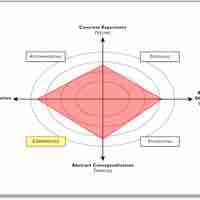
Learning in marketing is known as a psychological variable that can significantly affect the purchase decision process for consumers.

Attitude is a psychological variable that is known to affect the purchase decision process of consumers.

In consumer marketing, lifestyle is considered a psychological variable known to influence the buyer decision process for consumers.

Companies can use marketing to educate consumers on a particular issue in an effort to help shape public policy.

Consumers have different roles in purchasing products and services, and these roles can influence their buying behavior.

Families have a tremendous influence on consumer purchasing.

Reference groups are groups that consumers will look to for help in making purchasing decisions.

Opinion leaders are people consumers look to for guidance in making purchase decisions, usually someone with more knowledge of the subject.

Marketers should understand that a person's social class will have a major influence on the types and quantity of consumer goods purchased.

Culture can have a profound effect on consumer behavior and purchasing, and can affect how a product is marketed.
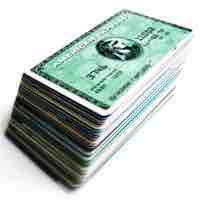
Consumer misbehavior refers to the common occurrence of consumers acting outside the norm.

The main factors that influence experience, involvement, and satisfaction with a product are personal, social, object and situational.
A company should consider the level of involvement a consumer has with a product in order to guide its marketing strategy.